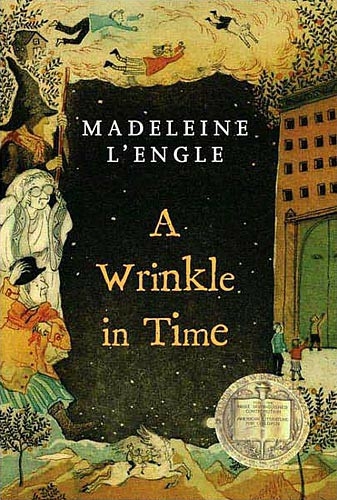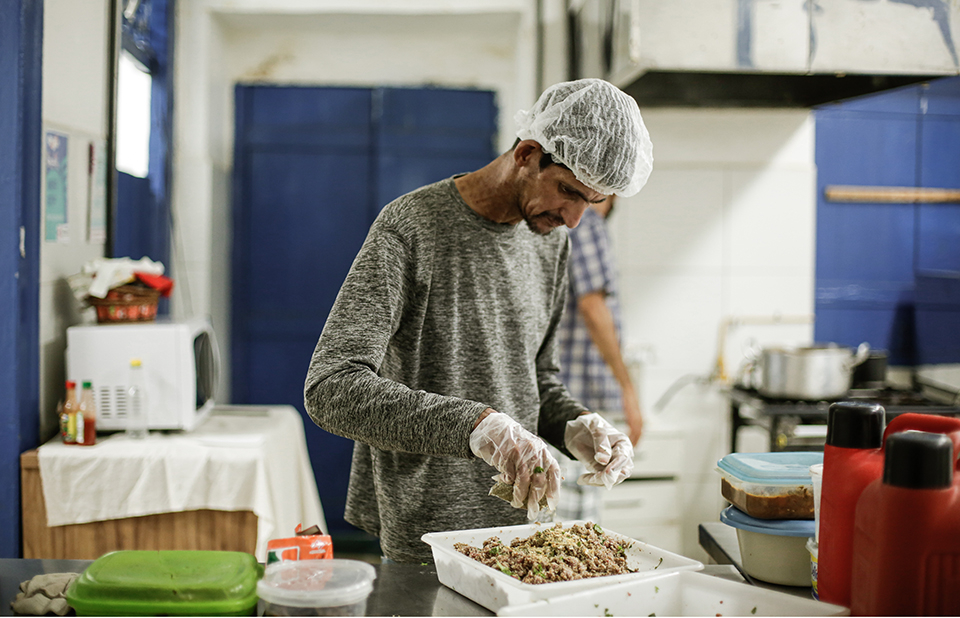How we “make” history is changing. For centuries historians have looked for the few, the privileged, the “winners”. But as millions watch A House Through Time and Who Do You Think You Are?, those social and alternative histories (including women’s history) that had been pushed to the sideline are reviving how we engage with -past We cannot be what we cannot see, and many of us are looking for aspects of ourselves in what has gone before. History is becoming a richer subject now that people who have been ignored or written off are being put back into it. It’s not just about dates and data – a historian can be a detective looking for human stories from the past.
Historians found their work on documents and artefacts. But they also look for people from the past through the words, rituals, songs, artwork, buildings and music they left behind. Looking for lost women requires a different set of tools and techniques. Today we can all access archives, examine our DNA, trace our genealogies and research globally with the click of a mouse. Advances in archaeology, with the help of technology and science, are bringing us a rich and complete cast of people who lived before us. Women have always made up half of the world’s population. Framing them can allow us a different way of thinking about the past.
In writing Femina I wanted to show a version of the medieval world that is as rich and diverse as our present, full of fascinating characters that challenge assumptions. Not just mothers and wives, these medieval women are spies, writers, scientists, entrepreneurs and warriors – all words normally associated with men. My approach places the frame on lost women to expose wider societies and draw out others who have also been overlooked. Here are 10 books that pushed the boundaries of history as a discipline and reintroduced women:
1. The Five: The Untold Lives of the Women Killed by Jack the Ripper by Hallie Rubenhold This book has done more for women’s history than almost any other. Instead of continuing to fetishize the killer, Hallie presents the stories of the victims. By immersing the readers in the social conditions experienced by the women, the five have contexts other than being written off as “prostitutes”. This book also affected the true crime genre, where more writers are focusing on the victims rather than the perpetrators.
2. River Kings: The Vikings from Scandinavia to the Silk Roads by Cat Jarman Archeology has always sought the many rather than the few, so it is the natural bed for more inclusive historical approaches. It is easy to assume that everyone in the Middle Ages, particularly women, lived and died within sight of their local parish church. But many traveled great distances and engaged with cultures thousands of miles away, as this book shows.
3. Medieval Women: Village Life in the Middle Ages by Ann Baer When asked what historical person they would be, the majority of people choose a ruler or a rich person. However, many of us used to live lives more like that of the protagonist of this book – Marion. By following a poor woman for a year, the reader gains insight into wider issues including natural disasters and plague. But it is the almost incidental moments that give a real idea of daily life in the medieval period.
4. The Voices of Nîmes: Women, Sex and Marriage in Reformation Languedoc by Suzannah Lipscomb For anyone who hunts for the elusive female voice in history, it is an unfortunate fact that many are written about, rather than giving their own stories. By stealing the records of the consistories – or “moral courts” – of the Huguenot church of Languedoc between 1561 and 1615, this book puts the pieces of the puzzle together and reveals how medieval women they understood friendship, spirituality and feminine power.
5. Death in Ten Minutes: The Forgotten Life of Radical Suffragette Kitty Marion by Fern RiddellThe death of suffragette Emily Wilding Davison at the Epsom Derby in 1913 has become familiar. She was a fascinating woman striving for equal rights, but it was Death in Ten Minutes that really showed me how radical the actions of the early suffragettes were. This book reveals the dangerous acts that women committed in desperate attempts to get the vote. By stealing Kitty’s diaries, Riddell placed this woman at the center of her own narrative.
6. Medieval Women: A Social History of Women in England 450-1500 by Henrietta Leyser Now is the time of the social historian. We want to know who walked where we walk, what they experienced and how they left their mark in history. This book is unparalleled in its breadth – it ranges over centuries and includes all kinds of evidence from poetry to private deposits. Leyser deals with individually notable women, such as Alice de la Pole and Julian of Norwich, but uses them to explore wider issues that affected women’s lives, such as trade, work and education.
7. The Taxidermist’s Daughter by Kate Mosse Historical fiction was the main way I connected with women’s stories from the past when I was young, and Mosse is at the forefront of the genre. I love all her books but this one is the most powerful for me because of the way she places her protagonist Constantia within a complex and believable Sussex village over a century ago. You can see, smell, touch and taste the past. The background of taxidermy is also fascinating, as it is an art form that tries to capture time and preserve life after death.
8. The Book of Memory: A Study of Memory in Medieval Culture by Mary Carruthers Today we tend to consider ourselves intellectually advanced because of great developments in science and technology. But this book shows how brilliant the minds of the medieval world could be. Through rumination and meditation techniques, practiced by men and women, the memories of those who lived a millennium ago retained vast amounts of information in ways that our modern minds cannot because we rely so heavily on the writing.
9. Valkyrie: Women of the Viking World by Jóhanna Katrín Friõiksdóttir We wouldn’t consider describing what it’s like to be alive today based purely on news stories. We customize and fill our account with music, film, food, fashion and more. This is what an interdisciplinary historian tries to do – bring a period to life by combining all kinds of evidence. Valkyrie includes Old Norse poetry along with archaeological findings and painted runestones to show how the life experiences of women in the Viking world were varied and fascinating.
10. The Book of Margery Kempe (edited by Barry Windeat) The last word must go to an actual woman from history. This book is a chance to save, a medieval manuscript buried in a cupboard and rediscovered in the thirties. It is the oldest surviving autobiography in English, but was initially dismissed as the ramblings of a “madwoman”. But within its pages a remarkable person emerges. Margery tells us about the problems with medieval package holidays, caring for her sick husband, and how much she loves sex. The text is over 600 years old but when you read it you feel as if Margery is alive and sitting next to you.



